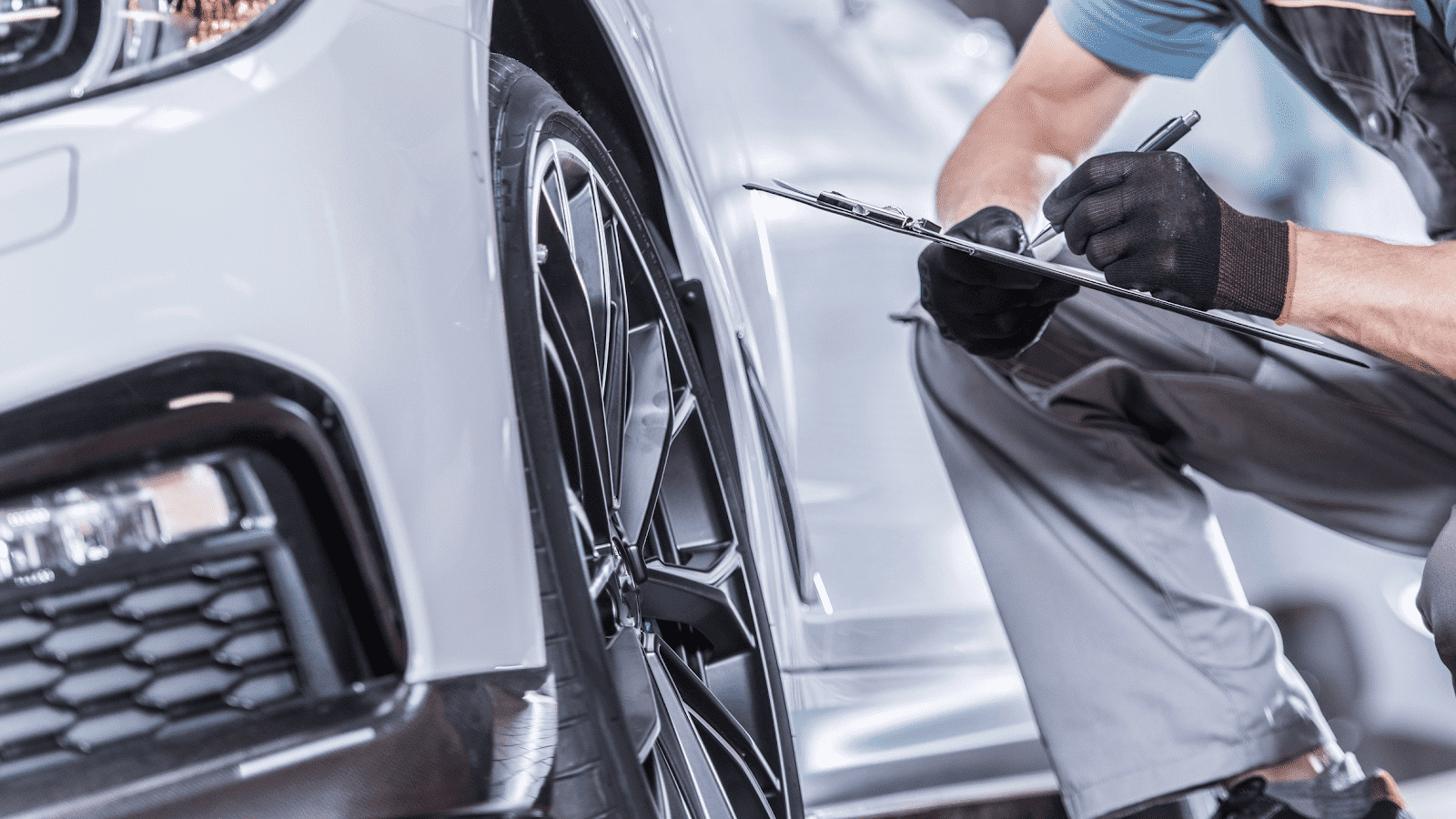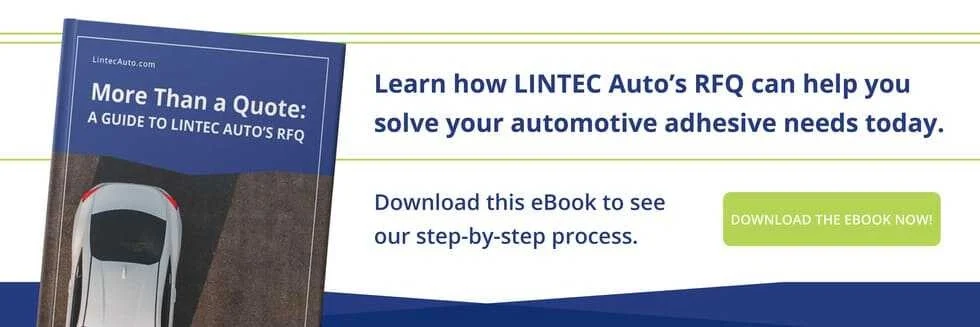The Long-Term Value Add of Automotive Anti-Chipping Film

Vehicles with long-lasting beauty are their own best sales strategy. The longer they look good on the road, the more consumers will admire the model—not to mention the satisfied customers who will return to the same automaker in the future.
But front fascia, fenders, and other high-impact areas of the vehicle face significant risks over time from flying bugs or debris kicked up from the road. Some form of sand and stone chip protection is necessary to combat these threats, which will compromise the lasting appeal of the vehicle.
Anti-Chipping Film Adds Value to Your Components
Some automakers might rely upon durable plastics and metal substrates coated with high-grade, chip-resistant paint—but this is the weakest solution. Ceramic coatings are another option. These liquid polymers are applied over paint and chemically bond to it, creating a hard, hydrophobic surface. However, such coatings are thinner and less protective than a full layer of self-healing anti-chipping film.
Only a robust chip protection film with at least 8 mils of thickness and a combination of carefully designed adhesive layers (self-healing topcoat, protective urethane layer, and UV resistant acrylic adhesive) can provide the invisible, long-term preservation you need.
Increased Service Life
The up-front costs of layering chip guard film over your painted components will always pay off in the long run. The increase in useful service life boosts the total value of your auto parts far more than the initial cost—and the total value is what’s most important.
Competitive Advantage
Impress OEMs with the overall quality of your design. The self-healing capabilities of the industry-leading anti-chipping film will differentiate your components from the competition. If you can offer flawless beauty and durability even in high-impact areas, your parts will rise above the competition. One of the best ways to strengthen your OEM relationship is to bring something new to the table.
Lean Production
Anti-chipping film adhesives are more efficient to apply than ceramic coatings, which are messier, more equipment-intensive, and take much longer to cure. These efficiencies increase your margins. A budget-friendly adhesive supplier can boost them even more. The savings you’ll realize on the assembly line—over other solutions for sand and stone chip protection—can be passed on to OEMs and increase your bargaining power.
Versatile Application
Vehicles have many vulnerable areas: the front bumper, rear-wheel arch, side mirrors, rocker panels, and hood, just to name a few. Anti-chipping films are fully conformable to the contours of all of these areas, large or small.
Some automakers prefer to be strategic and economical, focusing on only a few of the higher-risk areas. Others will wrap every exterior body panel in chip guard film (as with higher-end luxury vehicles and sports cars, where total vehicle cost benefits from added protection).
Either way, the anti-chipping film not only safeguards the protected areas from abrasion, but also from chemical etch marks, oxidation, stains, and other contaminants. Hydrophobic protection films prevent substances from bonding to the exterior of the vehicle so that it remains attractive and easy to clean for years to come.

